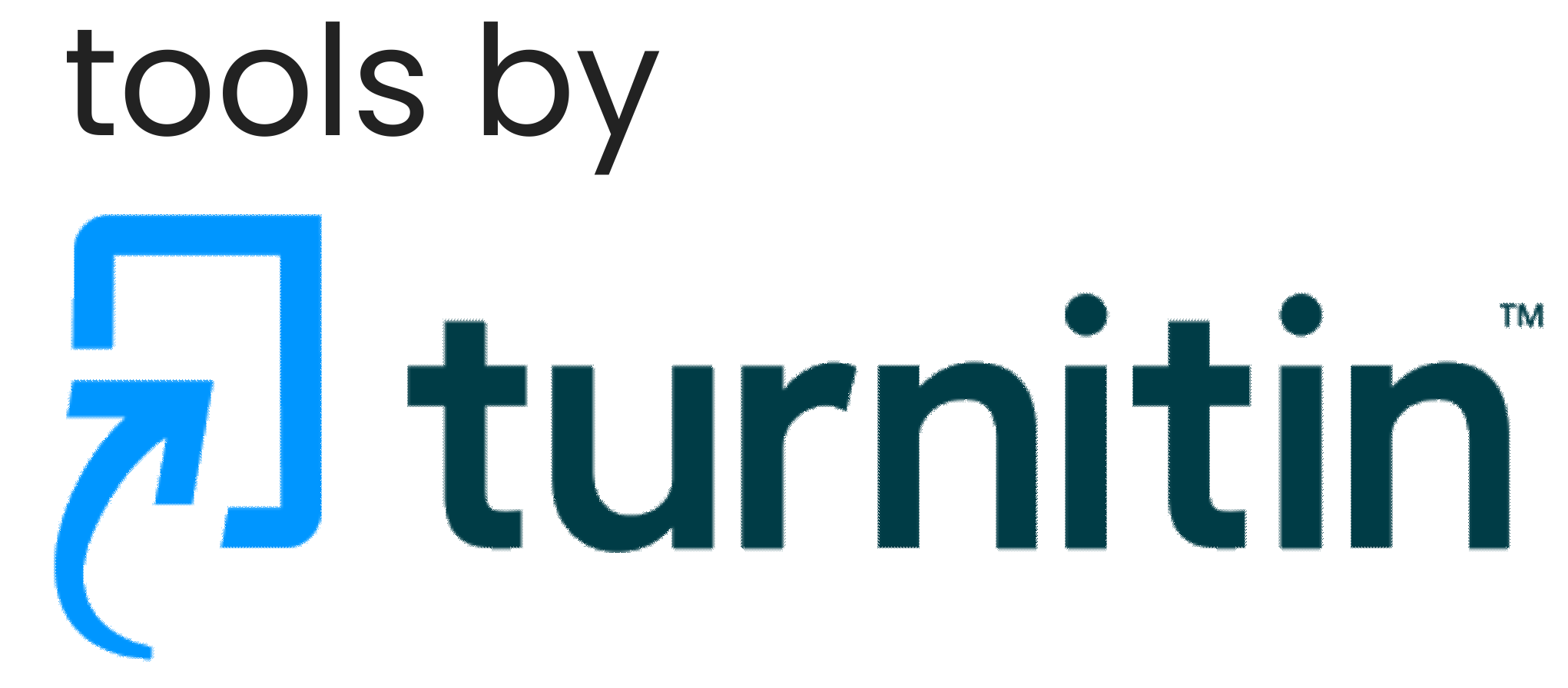Antioxidant Test, Total Alkaloid Content, Antimitosis Test and HPTLC Test of Chamomile Flower Extract (Matricaria Chamomilla L.)
DOI:
https://doi.org/10.36418/dev.v4i1.351Abstract
Oxygen is one of the supports of multicellular life and is necessary for aerobic metabolism. However, the use of oxygen can produce by-products, one of which is reactive oxygen species (ROS) which can also increase due to external factors such as exposure to ionizing rays, and vehicle smoke. When reactive oxygen species levels are high, the body can experience a condition called oxidative stress, which is a condition that can cause tissue damage. To overcome this, antioxidants are needed, namely compounds that can donate electrons to free radicals to neutralize their effects. Antioxidants are divided into endogenous antioxidants and exogenous antioxidants. Endogenous antioxidants are antioxidants found in the body. Exogenous antioxidants are antioxidants that come from outside the body. Because there is an increase in ROS levels due to external influences, an increase in exogenous antioxidants is needed, one of which is chamomile flowers. This study evaluated qualitative phytochemical levels using the Harnborne method, total antioxidant capacity using the Blois method, total quantitative levels of alkaloids using the Trivedi et al method, BSLT toxicity using the Meyer method, and fingerprint analysis using HPTLC. The obtained chamomile flowers are dried and extracted by maceration using methanol solvent. The test results on chamomile flowers revealed phytochemical content in the form of alkaloids, betasianin, cardioglycosides, coumarins, flavonoids, phenols, quinones, saponins, steroids, tepenoids and tannins. Antioxidant ability 209.27 g/ml; Total alkaloid content of 12.62 g/ml; toxicity 174.39 g/mL; As well as fingerprint analysis chamomile flowers have active ingredients. Therefore, chamomile flowers can serve as a moderate antioxidant with antimitotic activity.
Published
Issue
Section
License
Copyright (c) 2023 Ferdy Tantowi, David Limanan

This work is licensed under a Creative Commons Attribution-ShareAlike 4.0 International License.
Authors who publish with this journal agree to the following terms:
- Authors retain copyright and grant the journal right of first publication with the work simultaneously licensed under a Creative Commons Attribution-ShareAlike 4.0 International. that allows others to share the work with an acknowledgement of the work's authorship and initial publication in this journal.
- Authors are able to enter into separate, additional contractual arrangements for the non-exclusive distribution of the journal's published version of the work (e.g., post it to an institutional repository or publish it in a book), with an acknowledgement of its initial publication in this journal.
- Authors are permitted and encouraged to post their work online (e.g., in institutional repositories or on their website) prior to and during the submission process, as it can lead to productive exchanges, as well as earlier and greater citation of published work.













